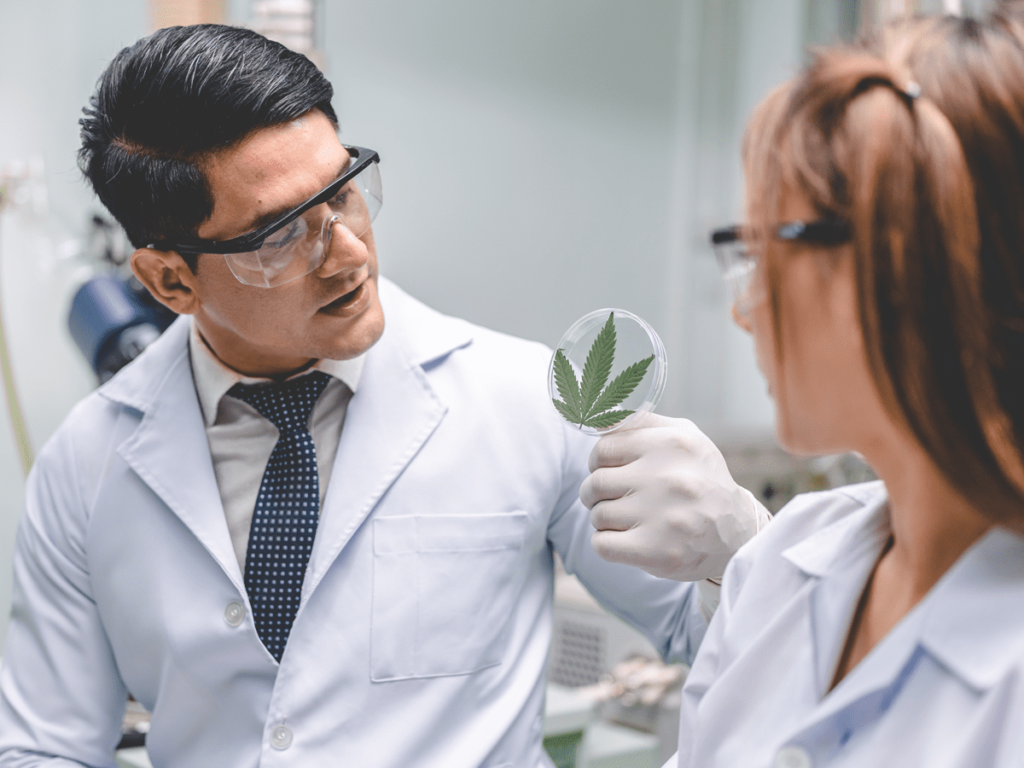If you’ve ever shopped for hemp or cannabis products, you’ve likely encountered the term COA. This document might seem like just another industry buzzword, akin to CBD or terpene, but it holds significant importance.
A COA, or Certificate of Analysis, is crucial for informed shopping in the hemp or cannabis market. While your senses of sight and smell can provide initial insights into a product, a COA offers a detailed, in-depth analysis of what you’re considering buying.
What does COA Stand For?
COA is short for Certificate of Analysis. They are the third-party testing results of a laboratory licensed to test for a variety of things. These items can be required by state or federal law (depending on if the product is derived from hemp or marijuana).
What Information Does a COA Contain?
A Certificate of Analysis (COA) provides valuable information for both industry professionals and consumers. These reports from third-party laboratories commonly include tests for:
- Cannabinoid potency
- Terpene content
- Presence of mold, pesticides, herbicides, or heavy metals
- Moisture content (particularly for smokable flower products)
For hemp products, COAs are mandated by federal law to ensure they meet safety standards and contain less than 0.3% Delta-9 THC by dry weight.

For cannabis products, legal marijuana programs differ from state to state. Nevertheless, Certificates of Analysis (COAs) are a standard feature across all these programs. This testing acts as a quality control measure, ensuring that brands comply with the safety standards established by each state’s regulations.
How to Find a COA
There are several ways to find a Certificate of Analysis (COA). Reputable brands ensure the COAs for all their products are accessible to shoppers.
One method is by checking the brand’s website. Reliable brands prioritize making information easily available to shoppers by regularly updating and uploading COAs to their website. This not only benefits the brand but also offers convenience to the shopper.
Another method involves QR codes. Many brands enhance the online experience by placing QR codes directly on product packaging. Scanning a QR code takes the shopper straight to the COA on the website. This practice has gained popularity among both brands and shoppers due to its accessibility, convenience, and transparency.
Additionally, you can find a COA by speaking with an employee at the store where you are shopping. Stores carrying such products should have copies of all COAs available. A polite inquiry can help you obtain the information you need.
Red Flags to Watch Out For
When examining Certificates of Analysis (COAs), there are a couple of red flags to be aware of. The first is the COA expiration date. Typically, COAs are valid for about a year. During this period, a product might change and could require retesting. The expiration date can also give shoppers a sense of the product’s age.
Secondly, if a brand is asked to provide a COA and responds with a denial, claiming the COA is proprietary knowledge, this is another red flag. Refusing to provide a COA fosters distrust between the brand and its customers.

The Bottom Line
A Certificate of Analysis (COA) is an invaluable asset for both brands and consumers. Though it might appear to be just a piece of paper, it contains extensive information. Shoppers can assess potency, quality, and the specific cannabinoid and terpene profiles of a product.
Understanding how to read a COA is essential when shopping for hemp or legal cannabis products. Think of a COA as a treasure map—it guides you to the perfect product tailored to your needs.
